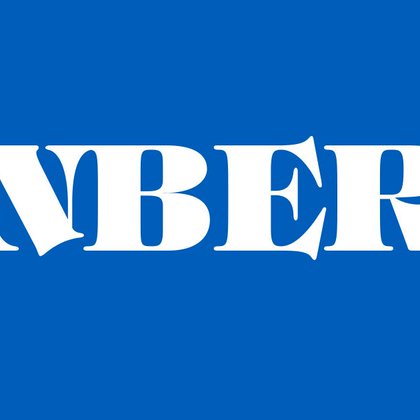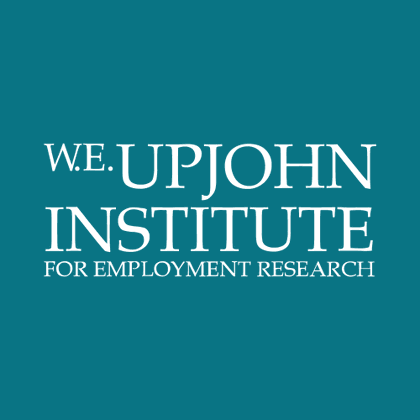
Tim Bartik
@TimBartik
Followers
5K
Following
1K
Media
127
Statuses
11K
Senior economist at the Upjohn Institute for Employment Research
Kalamazoo, Michigan
Joined August 2012
RT @MarkMuro1: If #AI matters hugely for productivity and ec gains, it matters who is "ready" to adopt it. That's the point of our new @Br….
brookings.edu
The AI revolution across 387 U.S. metropolitan areas and assessing how the nation and local economies are positioned to create, apply, and harness AI.
0
1
0
Using my regional econometric model, this paper uses results in great recent paper on universal pre-K by @KiraboJackson , @jaturner73 , & @JacobBastian25 :
nber.org
1
0
1
I have new short paper estimating fiscal benefits of Michigan moving to universal pre-K. Key finding: fiscal benefits cover 2/3rds of gross budget costs.
research.upjohn.org
This policy paper provides some updated estimates of the short-run fiscal effects of expanding Michigan’s state-funded preschool program, the Great Start Readiness Program (GSRP), to encompass...
1
1
4
RT @equitablegrowth: As part of our #EGEssaySeries, @TimBartik explores how best to target distressed places with effective job creation pr….
0
1
0
Presentation can be found here:
research.upjohn.org
By Timothy J. Bartik, Published on 05/20/25
2
0
1





